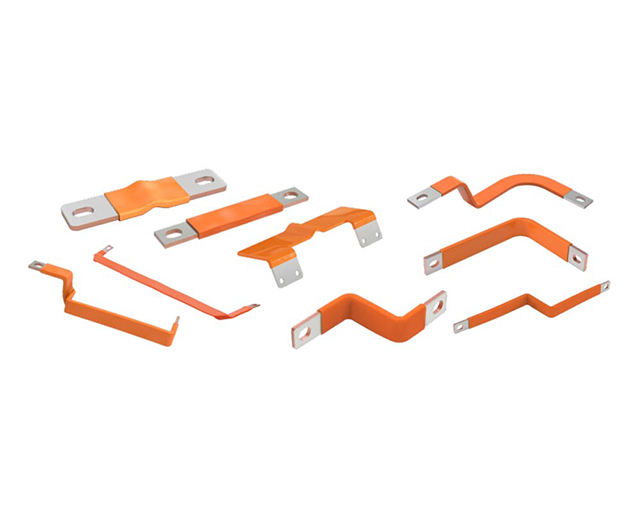2025-10-10 11:57:18
A busbar in a solar panel is a crucial component responsible for collecting and transmitting the electrical current generated by solar cells. Essentially, it acts as the backbone of the panel’s electrical network, ensuring efficient power flow from individual solar cells to the output terminals. Understanding what is a busbar in solar panels and how it functions is key for designing and maintaining high-performance photovoltaic systems.

Current Collection: The primary role of a busbar is to gather the electricity generated by solar cells and channel it efficiently to the output.
Minimizing Power Loss: High-conductivity materials such as copper busbar or Aluminum Busbar reduce resistance, ensuring minimal energy loss.
Structural Support: Flexible Busbar options can absorb thermal expansion and mechanical stress, preventing cracks in solar cells.
Interconnection: Bus bars connect multiple solar cells in series or parallel, enabling the formation of larger photovoltaic modules.
Copper Busbar
Offers excellent electrical conductivity and low resistance.
Often used in high-efficiency solar panels.
Lightweight and cost-effective.
Slightly lower conductivity than copper but widely used in large-scale solar installations.
Flexible Busbar
Laminated or braided copper options that allow flexibility.
Useful in thin-film panels or applications subject to vibration or movement.
Insulated Busbars
Coated or insulated busbars prevent accidental short circuits and improve safety in solar panel wiring.
Soldering: Most commonly, copper busbar strips are soldered to the front of solar cells using a conductive paste.
Clamping and Bolting: In larger modules, busbars may be connected via mechanical clamps or electrical bus bar connectors.
Series and Parallel Wiring: Bus bars allow multiple solar cells to be connected efficiently in series (for higher voltage) or parallel (for higher current).
Grounding: Ground bus connections ensure electrical safety and prevent potential faults.
Improved Efficiency: Less resistance means more electricity is delivered to the output.
Durability: Copper busbar or aluminum busbar withstand thermal cycles and environmental stress.
Compact Design: Reduces wiring complexity and allows for sleek panel layouts.
Ease of Maintenance: Insulated busbars and flexible busbar designs simplify panel assembly and repair.
Residential Solar Panels: Standard 12V or 24V panels for homes use busbars to interconnect solar cells.
Commercial and Utility-Scale PV Systems: Large modules employ multiple electrical bus bars to handle higher currents efficiently.
Off-Grid Solar Systems: Batteries connected to Battery Bus Bar setups rely on busbars for effective charge distribution.
Portable and Wearable Solar Devices: Flexible busbar solutions are ideal for lightweight, compact designs.
In a solar panel, a busbar plays a vital role in collecting and distributing electrical current efficiently. Choosing the right material—whether a copper busbar, aluminum busbar, or flexible busbar—and ensuring proper connection methods, such as soldering or mechanical joining, directly impacts panel efficiency, durability, and safety. Using insulated busbars and proper grounding further enhances the reliability of photovoltaic systems, making bus bars an essential component in modern solar technology.